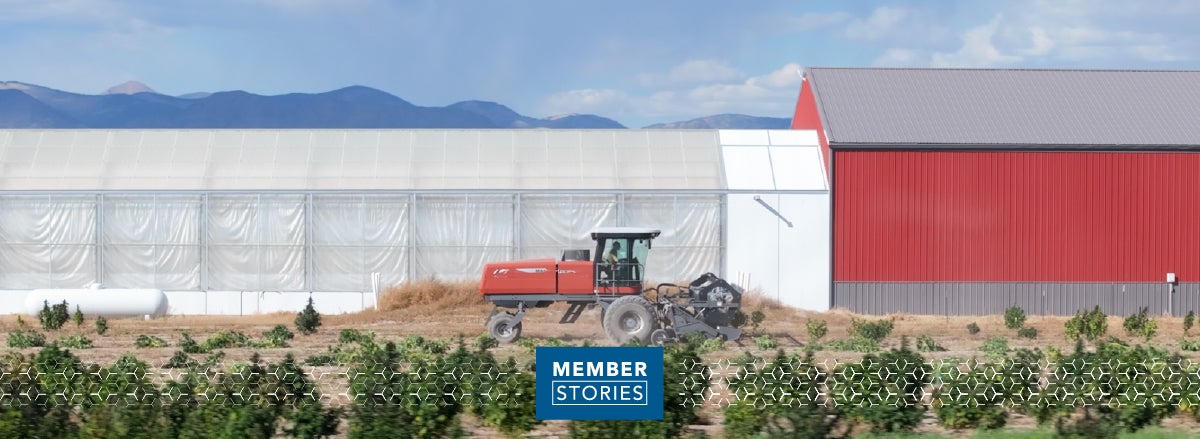
Electrification Unlocks Opportunities for Rural Farmers and Their Community
Every farm has a story, and that story often has a distinct before-and-after moment of when the farm gained electricity.
For many across the rural west, that moment was in the 1940s and 50s after the Rural Electrification Act took effect and member-owned electric cooperatives emerged to bring reliable and affordable electricity to their communities.
For Mammoth Farms, that moment happened in 2018.
Surviving the Bust
Veteran and CEO Justin Trouard started Mammoth Farms, a 120-acre outdoor cannabis farm in Saguache, Colorado, in 2017. Founded amidst the initial frenzy of marijuana legalization, Trouard recognized the unique timing of this opportunity and created a business plan centered around distilling high-quality cannabis oil.
“It somewhat mirrors the dot com era where suddenly out of nowhere, an industry shows up, and there’s a lot of opportunity and risk,” said Trouard. “We feel like we found a way to make it through the hardships, and I feel like this valley and this area has allowed me to participate in a way and scale that I would not be able to in any other industry.”
Mammoth Farms has survived the recent cannabis recession by using the traditional farming practices that have made the San Luis Valley an agricultural hub for decades. While many rushed to capitalize on the initial boom, this farm remained grounded, focusing on sustainable methods, the health of the land and the longevity of their operation.
From their initial harvest to now, Mammoth Farms went from a patch of land with no facilities or structures -- only powered by solar panels -- to one of the largest outdoor cannabis farms in North America. The way they plant, grow and harvest is similar to alfalfa or barley farmers, and they are doing it on the same scale as a commodity producer.

A Partnership for Progress
As they quickly outgrew their initial capabilities, Trouard and co-owner Kwinn Varney worked with Tri-State Generation and Transmission Association member San Luis Valley REC (SLVREC) to run power lines to their farm. They added two additional miles of line, bringing power to Mammoth Farms and their neighbors who’d never had electricity access before. Mammoth Farms’ crop production increased, but so did their utility bill and SLVREC’s load, a common conundrum farmers and electricity providers face.
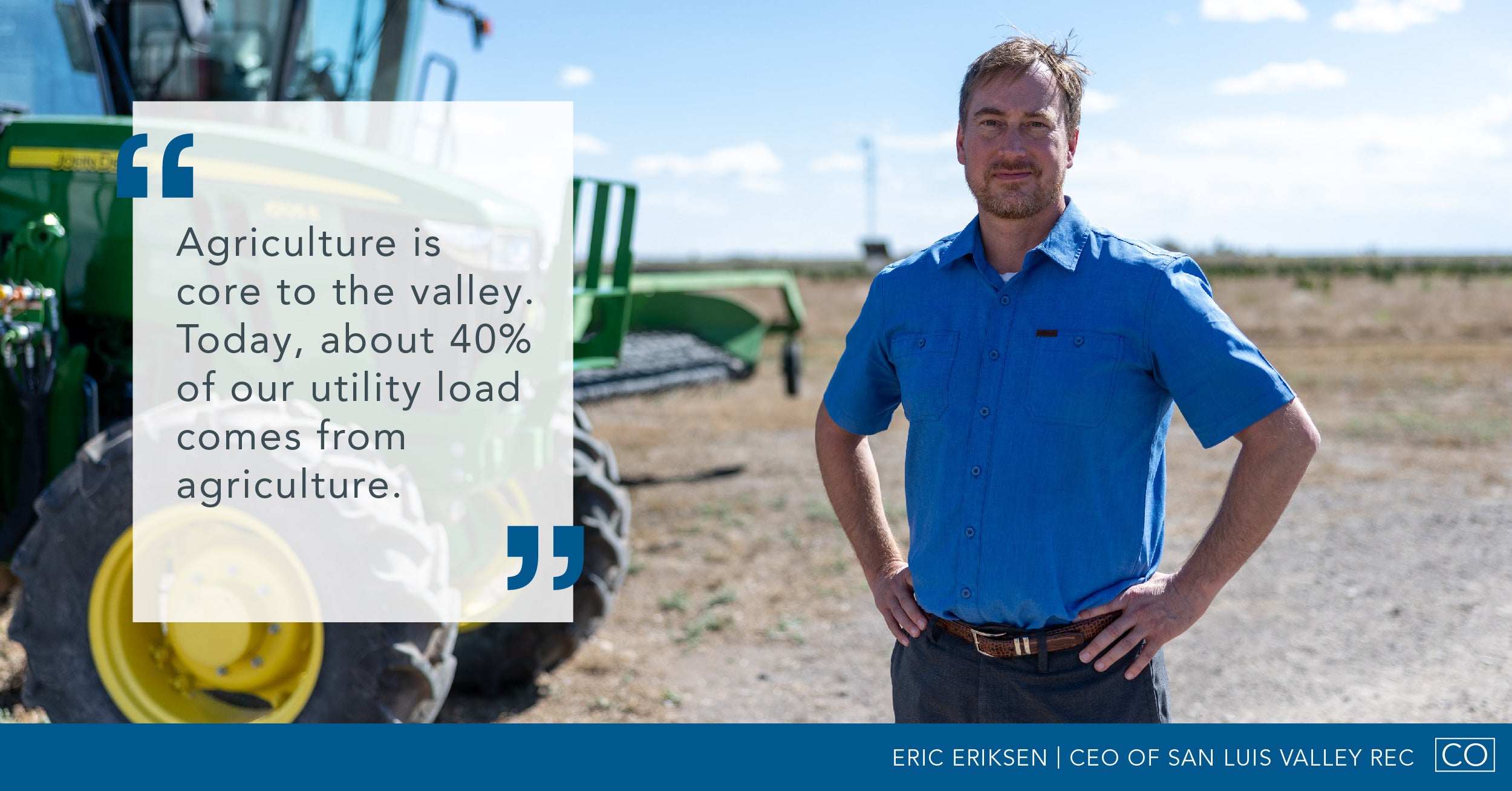
“Agriculture is core to the valley. Today, about 40 percent of our utility load comes from agriculture.” - Eric Eriksen, SLVREC CEO
Recognizing that energy efficient upgrades could bolster their already-successful operations, Mammoth Farms started to explore SLVREC's program offerings for assistance in navigating the complexities of funding options—particularly in a landscape where federal loans remain out of reach for cannabis growers.
That’s where the cooperative difference had an impact – with Tri-State’s Energy Services team, SLVREC, and Mammoth's employees forging a partnership that would drastically improve the way the farm works while increasing their yield. With guidance from the co-op partners and the Colorado Energy Office, Mammoth Farms successfully secured incentives to invest in state-of-the-art, energy-efficient equipment for their distillation process.
This new equipment will allow them to process 40 times more biomass with an estimated annual energy savings of 8,647,653 kWh in 2024. It’s a win-win for SLVREC with load management and an increase in production for Mammoth Farms.
Harvesting Quality and Community
The shift to energy-efficient equipment has already made a noticeable difference at Mammoth Farms with that influence extending far past the farm itself.
“The real impact is at the community level. This project, as it's fully implemented, will annually generate $9,000,000 in taxes, 25% or roughly $2.25 million stays with the county,” said Eriksen. This sum is made more significant by the fact that three of the most impoverished counties in Colorado are within SLVREC’s service territory.
Being in the rural West where most of Tri-State’s territory is agriculturally based, the cannabis industry has become a significant force in revitalizing rural towns across Colorado, bringing not only economic benefits but also fostering community development. With the legalization of recreational cannabis, municipalities have seen a surge in tax revenues.
To date, the tax revenue totals from the cannabis industry come to more than $2.8 billion. These funds have directly benefited residents by enabling rural areas to improve their local schools, upgrade roads, and enhance emergency services. The cannabis industry's contributions to rural Colorado towns exemplify how strategic tax revenue can create meaningful change and growth in underserved areas.
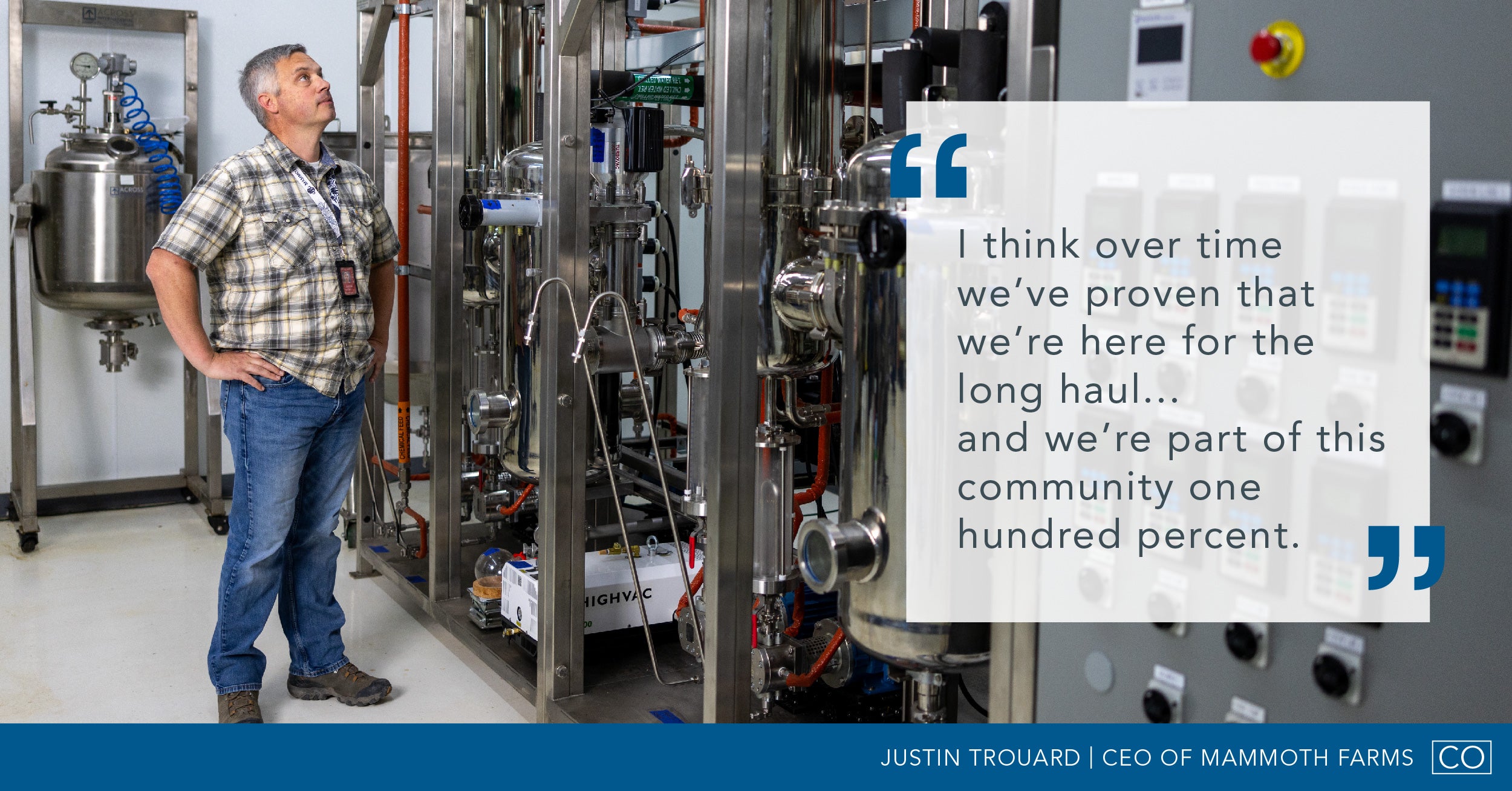
Looking Ahead
As Mammoth Farms continues to cultivate its niche in the cannabis market, they remain dedicated to the principles that have guided them from the start.
“In 2017 when we showed up, it was the middle of the rush and there was a lot of apprehension about marijuana farms,” said Trouard. “I think over time we’ve proven that we’re here for the long haul. We live in this valley; we vote in this valley and we’re part of this community one hundred percent.”
Through each year of exponential growth, the Mammoth Farms team has shown they are committed to a future where entrepreneurship and traditional farming practices go hand in hand. Together, they are cultivating not only crops but a brighter, more resilient path ahead and creating tangible improvements for their neighbors in the San Luis Valley.
Generating Tailored Solutions
The cooperative business model allows Tri-State to bring ingenuity and adaptability into the ways we work with our members: for Mammoth Farms we assisted with acquiring energy-efficient distillation equipment; for other members we helped upgrade a diesel engine to electric and provided rebates to install charging infrastructure for EV school buses. Outside of businesses, we constantly create new programs to help homeowners experience the benefits of electrification as well.
Everything we do is tied back to providing members with reliable, affordable, and responsible power. Through our custom programs, we’ll keep finding ways to power what matters to our members across Colorado, Wyoming, Nebraska, and New Mexico.
Learn more about the cooperative difference and how we’re making electrification and efficiency upgrades accessible for all.
--
Ab
About Tri-State
Tri-State is a power supply cooperative, operating on a not-for-profit basis, serving electric distribution cooperatives and public power district member-owners in four states. Together with our members, we deliver reliable, affordable and responsible power to more than a million electricity consumers across nearly 200,000 square miles of the West. Visit www.tristate.coop.
Blog Posts

Winter Comfort Tips: Transform Your Home into an Energy-Efficient Oasis
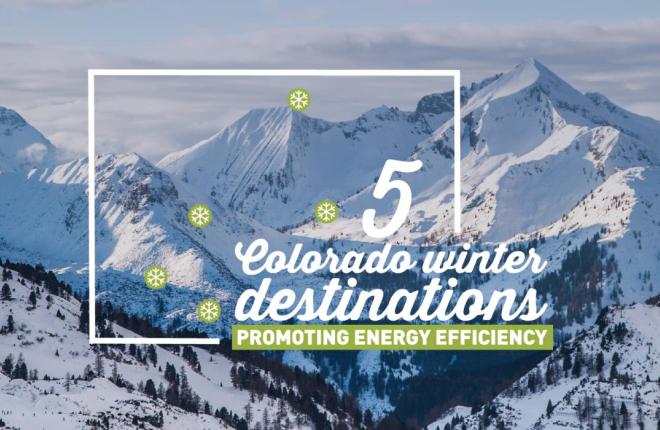
5 Winter Destinations in Colorado Promoting Energy Efficiency

Warm Weather Tools to Get Your Yard Summer Ready

Energy Saving Maintenance Checklist for Small Businesses

The Benefits of Heat Pumps in Cold Climates

Have an Energy Efficient Holiday Season

How to Create an Energy-Efficient Laundry Room
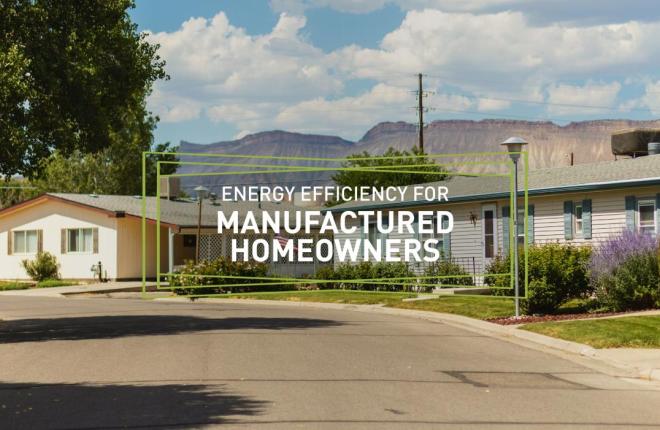
Energy Efficiency for Manufactured Homeowners

